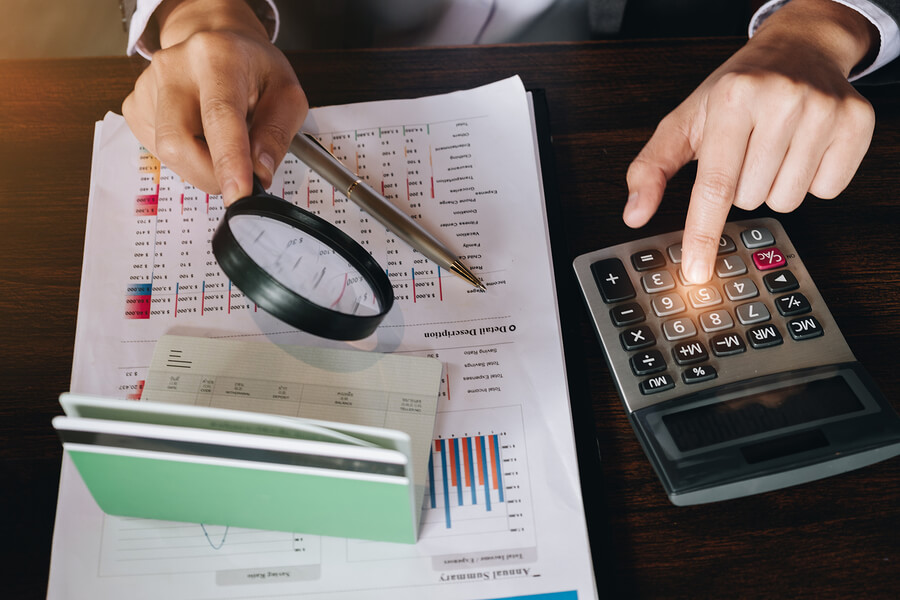Last Updated on January 11, 2023 by pf team
If you’re deciding whether to open a checking vs savings account, there are a few key differences to consider.
In most cases, you’ll need both types of accounts because each serves a different purpose.
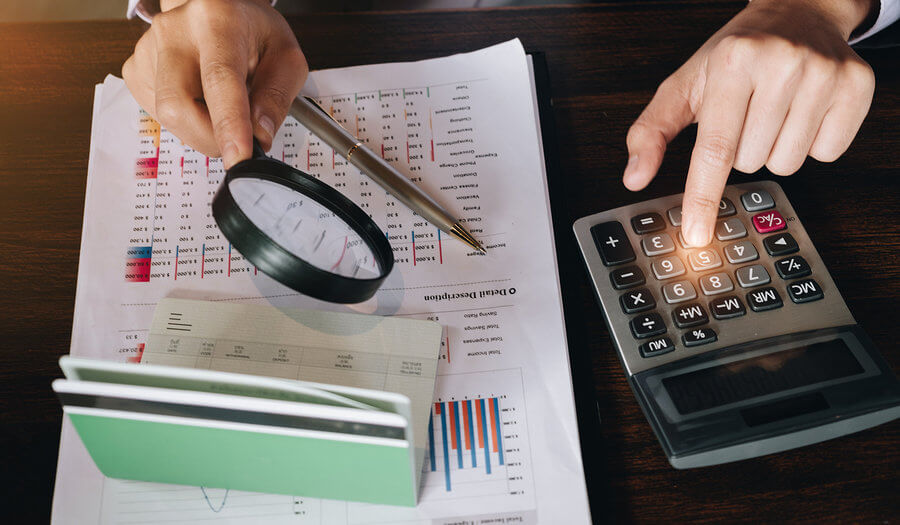
In this article :
Difference between checking and savings accounts
Checking accounts and savings accounts share some similarities, but key differences set them apart.
Checking accounts don’t limit the number of monthly transactions
Most households need to make several payments each month for common items like housing, utilities, and other expenses. A checking account provides an efficient way to pay for these everyday expenses.
However, checking accounts may have some drawbacks. For example, a checking account often doesn’t pay interest or pays a low rate. Often, it makes sense to pair a checking account with one or more savings accounts.
Savings accounts help you grow your money
Whereas a checking account provides convenience, a savings account limits the number of monthly transfers and standard savings accounts don’t offer checking privileges.
Savings accounts usually pay a higher interest rate on deposits, however. By comparison, a checking account pays a lower interest rate or may not pay interest at all. Savings accounts also offer a way to keep some of your money in a safe place.
If you want to spend money that’s in your savings account, you’ll often need to take some extra steps like transferring the money or making a withdrawal. A savings account provides a built-in deterrent to impulse spending.
Checking Account
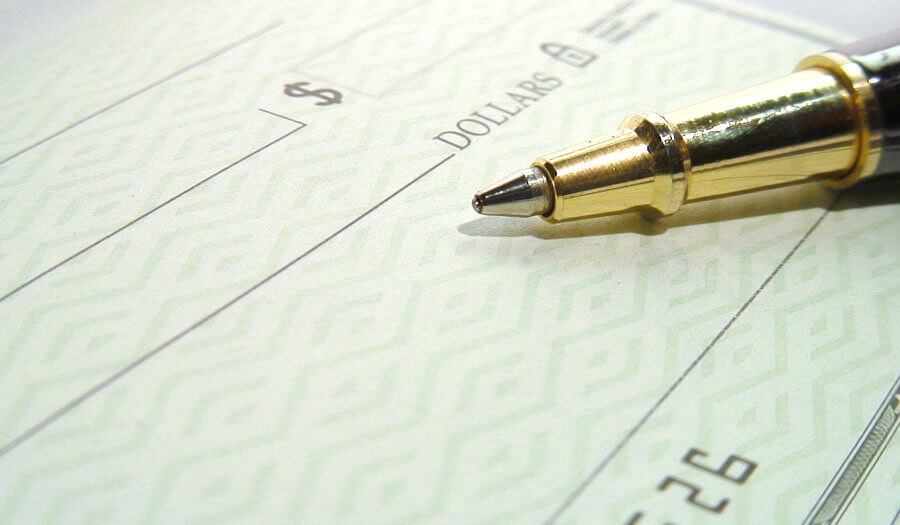
A checking account is a type of account with a bank or credit union that provides easy access to your funds. You can access money in a checking account in several ways.
- Direct deposit: Many people use their checking account to receive paychecks or other deposits directly.
- Online payments: Checking accounts can be used for online payments through a fast process called ACH transfers.
- Automatic electronic payments: Checking accounts also provide an easy way to make automatic payments. Often, you can earn a discount on services, like insurance or loans, by making automatic payments from your checking account.
- ATM withdrawals: Automatic teller machines offer an easy way to make withdrawals at any time of day or when away from home.
- Debit card: Bank debit cards branded with Visa or Mastercard logos allow purchases anywhere these major credit cards are accepted. Unlike credit cards, debit cards access the money in your bank account directly.
- Checks: Of course, you can also access funds by writing checks, which gives you a record of completed payments and provides a safe alternative to sending cash.
Checking account fees:
Various fees that apply to checking accounts can get expensive. By shopping around, you may be able to find a bank or credit union that has lower fees or fewer fees.
- Monthly account maintenance: Some banks charge as much as $15 per month for maintenance fees.
- Online bill pay fee: Fees can cost as much as $10 per month for making online payments.
- Paper statement fee: Although it may not seem like much, many banks charge up to $3 per month for paper statements, which is nearly $40 per year.
- Insufficient funds (NSF): Fees for insufficient funds for a returned check can cost up to $35.
- Overdraft: If your account has overdraft protection, the bank may cover checks above your balance. However, you’ll often pay up to $40 for overdraft fees.
- Non-network ATM charges: ATMs outside your bank network may lead to additional fees of $2 to $3 per withdrawal.
- Wire transfers: Expect to pay up to $25 to send a wire transfer. Many banks also charge a fee to receive a wire transfer.
- Debit card replacement: Banks often charge $5 or more for a replacement debit card. However, if you need a rush replacement, you may pay up to $25.
- Stop-payment requests: When you write a check, you may be able to stop payment but it will cost some money. Expect to pay $15 to $35 for each stop payment request.
Minimum deposit:
A minimum deposit refers to the amount you need to open an account. With some banks, this amount might be $0, although with other banks the minimum deposit may be $50, $100, or more.
Minimum balance:
Your minimum balance can be calculated in 2 ways. Some banks charge a fee if your account balance falls below a certain amount at any time during the month.
Some banks also monitor the average daily balance and charge a fee if your average balance falls below a certain limit.
Interest earned:
Some checking accounts also pay interest but you may have to shop around to find an interest-bearing checking account.
However, you can expect higher minimum balance requirements for interest checking. Also, interest rates may be lower than you’ll find with some savings accounts.
Types of checking accounts
- Free checking
- Joint checking
- Interest-bearing
- Money market
- Business checking
- Student checking
- Second chance
- Checkless checking
- Rewards checking
How to avoid monthly charges
Fees can be expensive, but you can avoid monthly fees by choosing a free checking account or by earning a fee waiver. For example, many banks waive the monthly maintenance fee if you maintain a minimum balance, often $100.
Federally insured deposits
Checking account deposits are protected by FDIC or NCUA, which both insure deposits of up to $250,000 per financial institution.
Savings Account
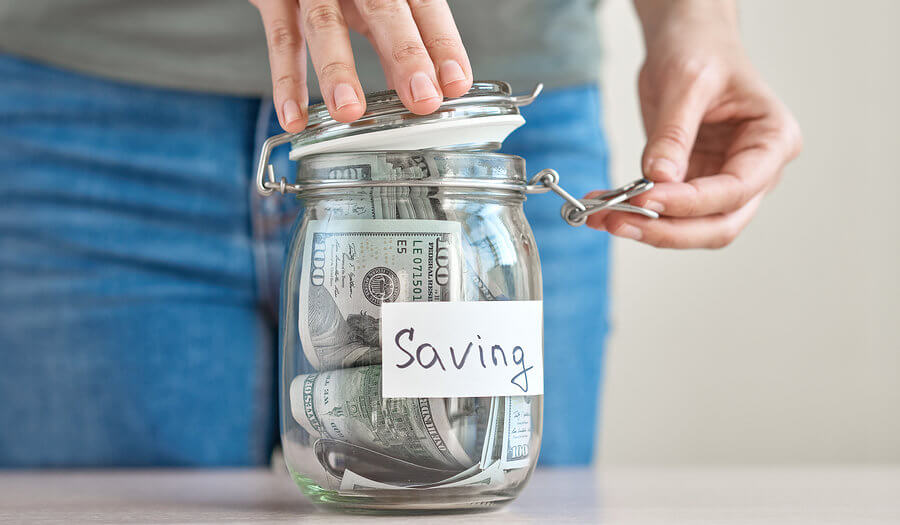
A savings account offers a way to store money safely. Deposits earn interest in a savings account but minimum balance requirements may apply.
You’ll also find restrictions on how often you can transfer funds. Federal rules limit transfers or withdrawals to 6 per month.
Accessing money:
While there are fewer ways to access your money with a savings account, you don’t lose access.
- Cash withdrawals: You can withdraw at an ATM or at your bank.
- Transfer to a checking account: With a linked checking account, you can also transfer money to your checking account.
- Request checks: In some cases, you can request a check from your savings account. However, not all banks make this option available and the check may count against your 6 allowed transfers or withdrawals per month.
Savings account fees:
- Non-network ATM charges: Much as with checking accounts, extra fees may apply if you access your account through a non-network ATM.
- Excess withdrawals fee: Regulation D limits the number of transfers or withdrawals per month to 6. Fees may apply if you exceed this limit. In some cases, the bank may even close the account or convert it to a checking account if you exceed the federal limit.
- Maintenance fees: Similar to checking accounts, many savings accounts charge a monthly maintenance fee if your balance falls below a minimum limit.
Minimum deposit:
Many banks or credit unions have a $0 minimum, which means you may not need any money to start an account. However, some accounts that pay higher interest may require a larger initial deposit.
Minimum balance:
Once your account is opened, a minimum balance may be required to avoid paying a monthly maintenance fee. While interest rates are low, monthly maintenance fees can easily exceed the amount of interest earned on your balance.
Interest earned:
Interest rates vary depending on the type of savings account you choose and the balance of your account. Many well-known banks pay rates as low as 0.05% on savings account balances. However, with a bit of shopping, you can find rates well above 2%.
Types of savings accounts
- High-yield savings
- Money market account
- Certificate of deposit
- Passbook savings account
- Basic savings account
- Online savings account
- Joint savings account
- Rewards savings account
- Student savings account
Savings accounts deposits are protected by the FDIC or NCUA, which are federally backed insurance programs that insure deposits if the bank or credit union becomes insolvent.
Checking vs savings account FAQs
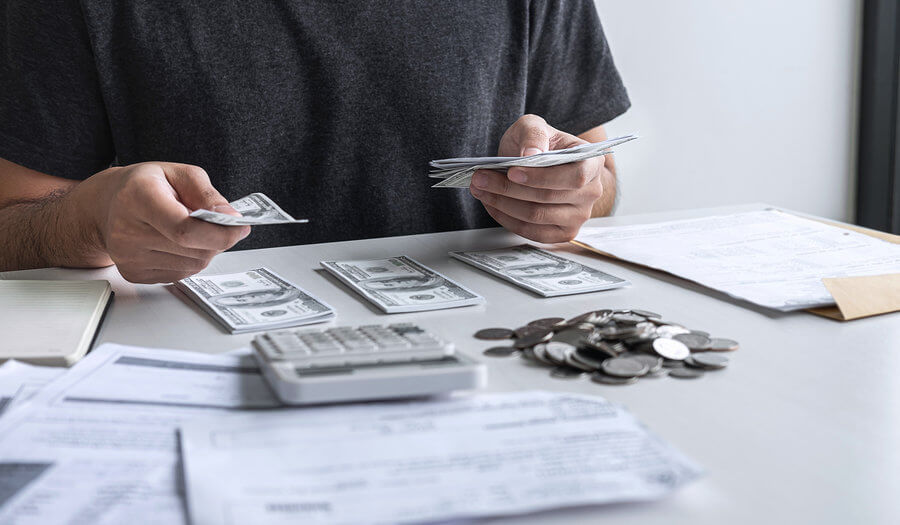
Is it better to keep money in checking or savings?
Keeping your extra money in a savings account provides several advantages. Not only can you earn more in interest with a savings account, you also keep your money out of harm’s way.
Money kept in a savings account becomes more difficult to spend. Additionally, the account won’t be directly linked to your debit card. If your debit card is lost or your number is stolen, the balance in your savings account is safer.
How much money should I have in a savings account vs a checking account?
Your checking account balance should have enough money to cover upcoming bills plus the minimum required balance. Many banks charge a service fee if you balance falls below a certain level, often $100. The remaining funds are best kept in your savings account where you can earn more interest.
How do I indicate a checking account vs savings account for direct deposit?
Direct deposit forms usually have a checkbox to choose savings or checking. Indicate that the deposits are for a savings account and be sure to use your savings account number when completing the form. If your savings and checking accounts are both with the same bank, they share the same routing number.
How can I find my bank account number on checking vs savings account?
You can find your checking account number printed on the bottom of your checks. The account number is usually the longest number. To find your savings account number, look on your savings deposit slip.
Can I link my checking and savings accounts?
Yes, you can usually link your checking and savings accounts if both accounts are with the same bank. This structure allows you to keep most of your money in your savings account. However, federal rules limit the number of transfers you can make from your savings account each month.
Can you use a savings account like a checking account?
Federal Regulations limit transfers or withdrawals from a savings account to 6 transactions per month. For most households, a savings account isn’t a practical way to pay bills. A separate checking account doesn’t have the same restrictions on transactions.
Can you have multiple checking and savings accounts?
Yes, you can open multiple checking or savings accounts. For multiple checking accounts carefully consider your reasons for having more than one account. A mistake in planning can lead to insufficient funds in the account from which you need to make a payment.
Can you keep your checking and savings accounts at the same bank?
Yes, you can keep your checking and savings account at the same bank and most people follow this exact structure. However, you can also keep a savings account with a separate bank if they have more favorable interest rates or for other reasons.
Can you get a debit card with just a savings account?
Because savings accounts fall under Regulation D which limits transactions, banks don’t offer debit cards for savings accounts. You may be able to get an ATM card for your checking account.
Does money in my savings account get taxed?
Only the interest you earn on your savings is taxable at your normal income tax rates. Your after-tax deposits aren’t subject to additional taxes.
Bottom line on checking vs savings account
Both checking accounts and savings accounts have pros and cons. However, the downsides of having one type of account are often countered by having the other type of account as well.
If you open both a checking and a savings account, you’ll have a better way to save — while earning interest — and also have convenient access to your money if your accounts are linked.
